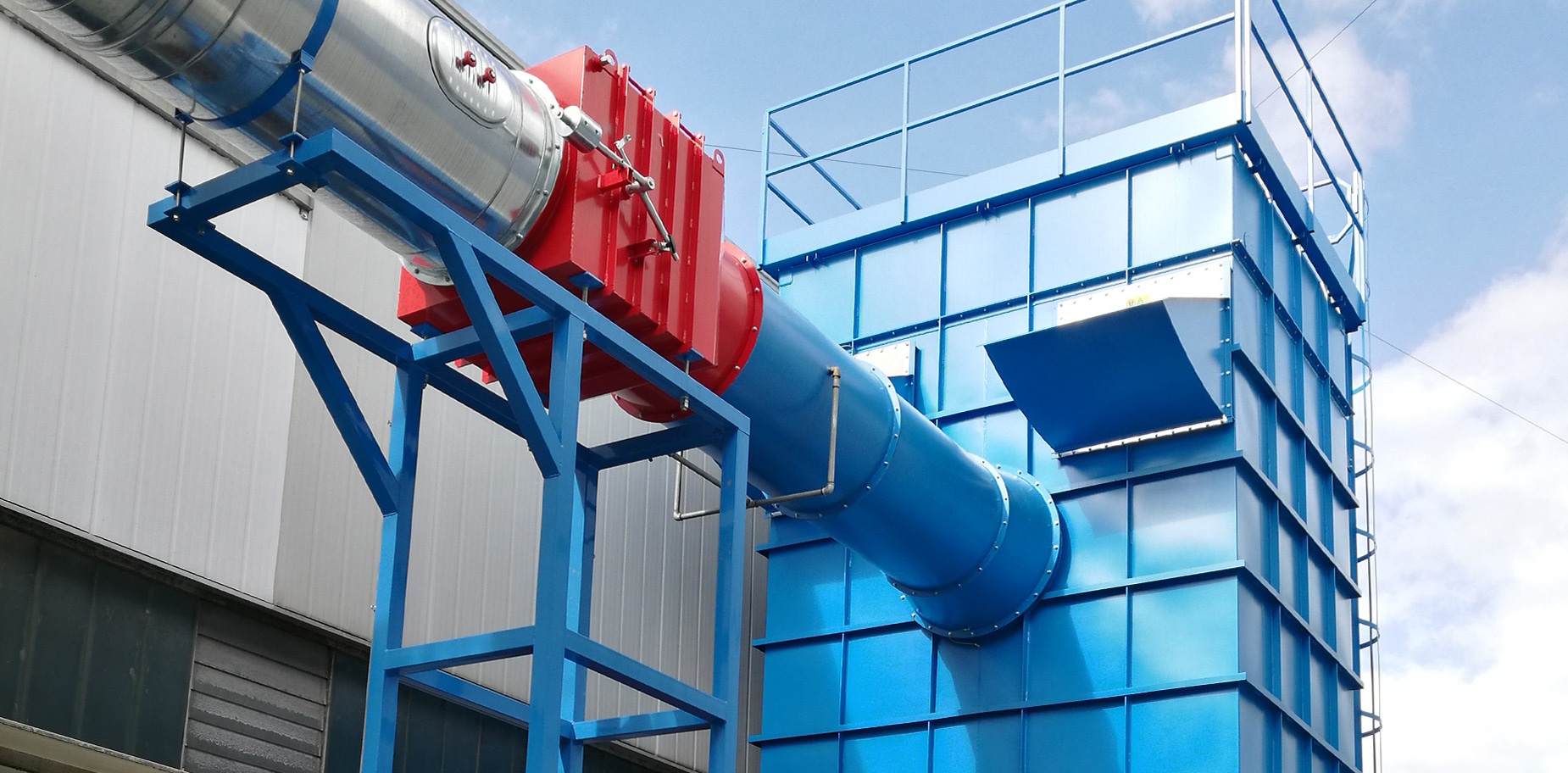
What is ATEX?
ATEX is the conventional name that combines two EU Directives:
- The 2014/34/EU directive regulating equipment intended for use in areas with explosion risks; the Directive addresses the manufacturers of equipment intended for use in areas with potentially explosive atmospheres with mandatory certification of these products; Directive 94/9/EC was repealed by the same as of 20 April 2016;
- The 99/92/EC directive regulating the health and safety of workers in explosive atmospheres; it applies to all environments with explosion risks, where certified plant systems and equipment are installed and therefore addresses the relative users. The name is the abbreviation of ATmosphères ed EXplosibles.
The name is the abbreviation of ATmosphères ed EXplosibles.
A potentially explosive atmosphere exists when there is a mixture of gas, vapours, fogs or dusts in the air combined in a manner which can explode in certain operating conditions.
Equipment and protective systems intended for use in potentially explosive atmospheres (ATEX) cover a wide range of products, including those used on fixed platforms offshore, petrochemical plants, mines and windmills, to name just a few.


